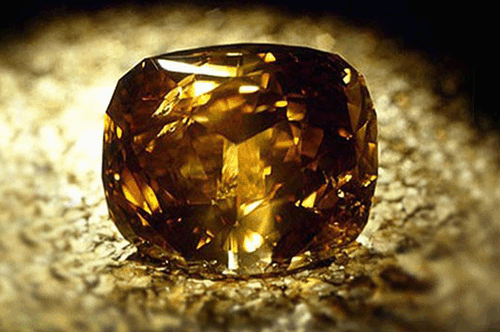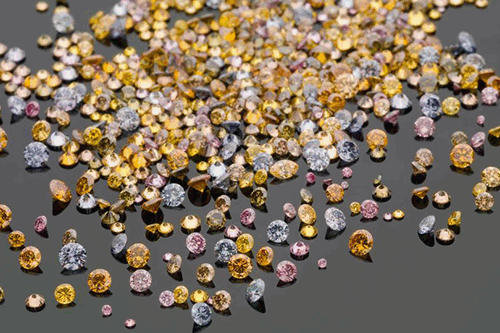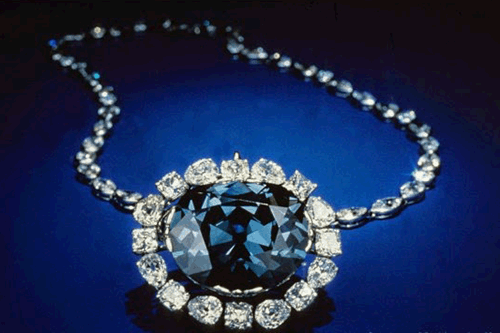Whole and Irregular Shapes
Rough diamonds that are modified forms of the octahedron, dodecahedron and cube displaying both rounded faces, points and ribs are known as Whole Diamonds. If the same conditions are present and the rough diamond is stretched-out, it is known as an irregular. These shapes are found in river beds and alluvial placer deposits and display rounded edges that are a sign of weathering due to transference or movement from their original surface location to the place where they were ultimately found usually as a deposit in a riverbed.
Rough diamond classifications
| • Diamonds for cleavage |
|
| • Diamonds for sawing |
|
| • Diamonds for cutting |
|
| • Industrial Diamonds |
|
Rough diamonds can also be sorted according to 3 separate categories:
| Gem quality |
20% - Gem quality
Gem quality diamonds are composed of between 99.95% - 99.99% Carbon. For the jewelry industry, diamonds must be of good color and of good clarity; but the rough diamond’s shape at this point is not very important because the diamond is still uncut. |
| Industrial quality |
80% - Industrial quality
diamonds in the yellow range are preferred for industrial uses because of their greater hardness. A diamond here will be classified according to the weight (lower than 3 carats) but also according to their number of points. Examples of uses include all type of machining (automotive, maritime, aviation), abrasives, tools for drilling, and polishing compounds of all kinds. |
| Crushing-boart or boart |
0-1% - Poor quality
Crushing-boart or boart – Diamonds of the worst quality are only a small percentage of the total diamond output. These diamonds are generally crushed and will be used as diamond dust for diamond polishing.
|
There are more than 5,000 possible rough diamond classifications.
|






